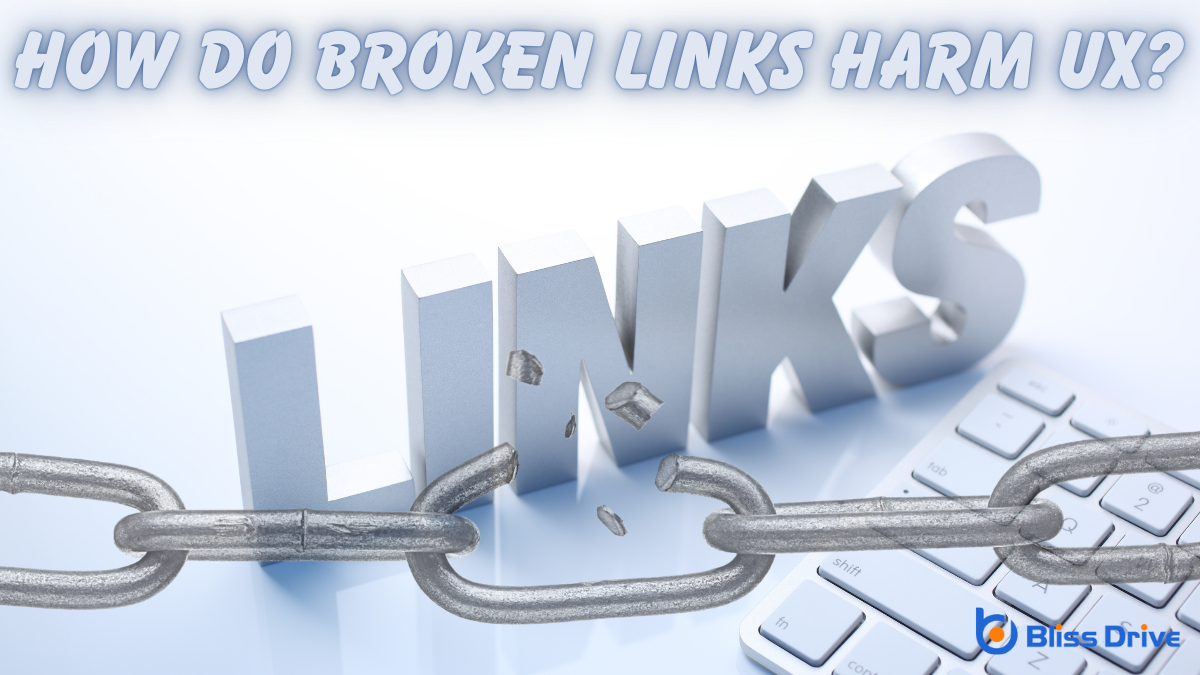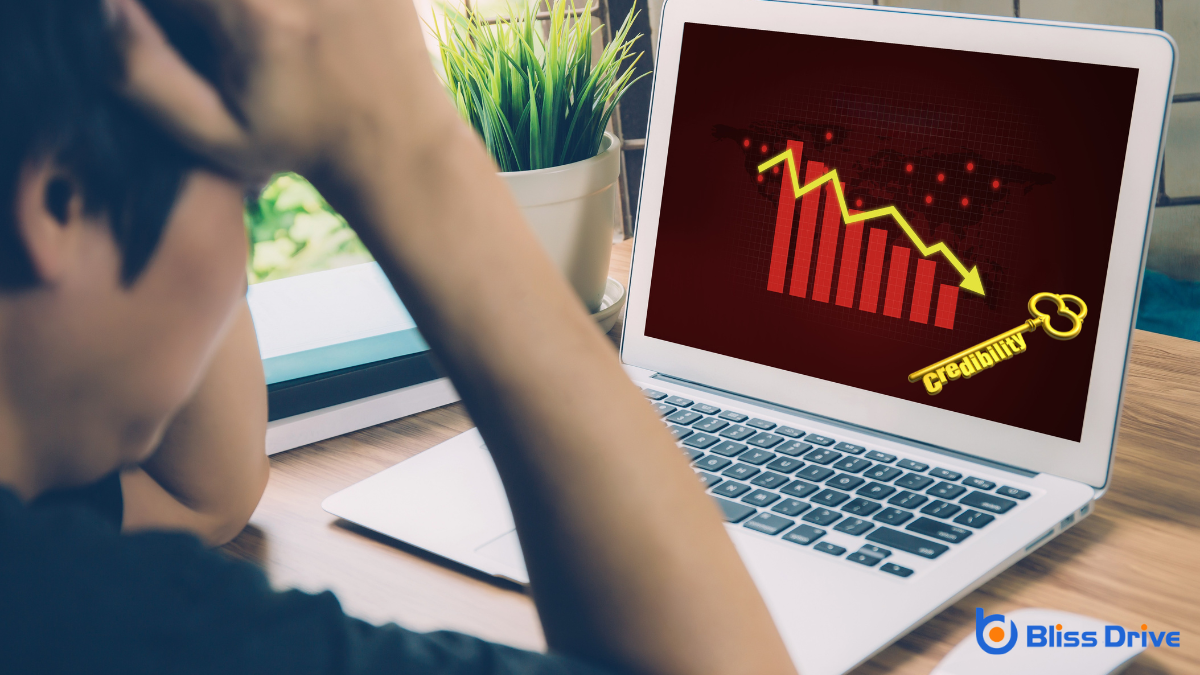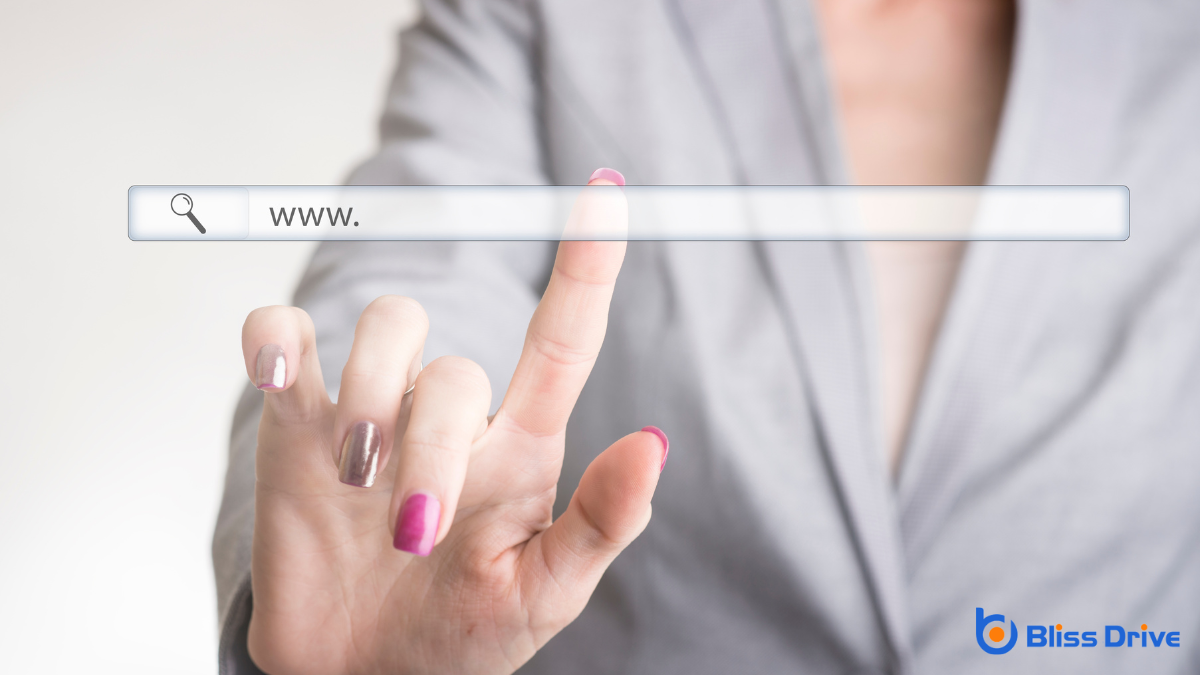Learn More About Us

Broken links harm user experience in several ways. They disrupt navigation, causing frustration and abandoning the site. You might see this hindering site credibility, making users question your site's reliability. These broken links can leadA potential customer referred by an affiliate who has shown interest in the product or service but h... to higher bounce rates and decreased engagementThe interactions that users have with a brand’s content on social media., as users can't find expected content. They also damage brand reputation and impair the flow of your site. Explore further to discover how this affects your site's performance.
When users encounter broken links, it quickly leads to frustration that can drive them away from your website. Imagine clicking a link expecting valuable content, only to land on an error page. It disrupts the user's journey, causing them to lose trust in your site's reliability.
This negative experience might compel users to leave in search of alternative sources that can meet their needs without hassle.
To keep visitors engaged, make certain all links direct to the intended content. Regularly check your site for broken links and update or remove them promptly.
This proactive approach not only maintains a seamless user experience but also keeps visitors coming back. By addressing these issues, you show that you value their time and experience, fostering a positive relationship.

Encountering broken links can severely damage your site's credibility, as users might perceive it as a lack of professionalism or attention to detail.
When visitors navigate your pages only to hit a dead end, they're left questioning your site's reliability. This doubt can extend to your brand itself, leading users to wonder if your products or services are as flawed as your site navigation.
A site riddled with broken links suggests neglect, making users less likely to trust your content or recommendations. They might even hesitate to return, fearing more frustration.
Maintaining your site's integrity by regularly checking for and fixing broken links reassures users that you value their experience, fostering trust and establishing a positive reputation.
Although broken links might seem like a minor annoyance to some, they can have a significant impact on your site's search engine rankingsThe position at which a website appears in the SERP..
Search engines like Google prioritize user experience, and broken links create a negative experience by leading users to dead ends. This can signal to search engines that your site isn't well-maintained, which can lower its ranking.
When search engine crawlers encounter broken links, they might struggle to index your site correctly. This can further damage your site's visibility.
Maintaining a robust link structure guarantees search engines can effectively crawl your site, indexingThe process of adding web pages into a search engine's database. it properly and potentially boosting its rankings. Regularly checking and fixing broken links can help maintain your site's reputation with search engines and improve your chances of ranking higher.
Broken links don't just hurt your site's search engine rankings; they also lead to a loss of traffic and engagement. When visitors encounter a broken link, they're likely to leave your site quickly, resulting in a higher bounce rateThe percentage of visitors who leave a website after viewing only one page.. This indicates to search engines that your site isn't providing value, further diminishing your visibility.
Additionally, users may not return if they repeatedly hit dead ends, causing a decrease in repeat traffic and engagement.
Engagement relies on seamless interaction and trust. Broken links disrupt the user journey, eroding confidence in your site's reliability. Visitors expect a smooth experience, and when they don't get it, they might look elsewhere.
Maintaining active, functioning links is essential to keeping users engaged and ensuring they return for more.

When users encounter broken links, their journey through your site gets disrupted, leaving them frustrated and confused.
They expect a seamless experience, but instead, they hit unexpected dead ends that can make them abandon your platform altogether.
To maintain smooth navigation and flow, it's essential to regularly check and update your links.
Finding your way through a website with broken links feels like driving on a road full of unexpected detours. You’re forced to backtrack, search for alternative paths, and spend more time than necessary getting to your destination.
This disruption in navigation interrupts the natural flow you expect when exploring a site. When links don’t work, it breaks the sequence you’re following, making it hard to maintain focus and continue smoothly.
You end up feeling frustrated and confused, diminishing your overall experience. A disrupted user journey can lead to missed information and opportunities, hampering your ability to achieve your goals.
Ensuring links work correctly helps you move seamlessly through content, enhancing your satisfaction and keeping you engaged.
Imagine exploring a website only to hit an unexpected dead end. You’re maneuvering smoothly, expecting to find valuable content, but suddenly, a broken link stops you in your tracks.
This interruption can be frustrating, leaving you confused and unsure of where to go next. It breaks the flow of your experience, causing you to question the reliability of the site. When navigation is impaired, you might abandon the site altogether, seeking alternatives that offerThe specific product or service being promoted by affiliates. a more seamless journey.
Unexpected dead ends tarnish user experience by disrupting the natural flow you expect while browsing. They can diminish trust and satisfaction, making it essential for website owners to regularly check and fix broken links.
A brand's reputation can act as its most valuable asset or its Achilles' heel, especially in the digital age. When users encounter broken links on your website, they might question your credibility and professionalism. It sends a message that you're not paying attention to detail or prioritizing user experience.
Imagine visiting a store with broken signs and missing labels—it's frustrating and unprofessional, right? Online, it's no different.
Inconsistent user experiences can quickly tarnish your brand's image, leading consumers to doubt your reliability. In a world where trust is hard to earn, even small errors can have significant impacts.
When visitors encounter broken links, they experience immediate frustration, leading them to leave your site right away.
This disruption in navigational flow can cause increased bounce rates, as users can't find the information they need.
As a result, page engagement decreases, affecting overall site performance and user satisfaction.
Frustration often greets visitors when they encounter broken links, leading to increased bounce rates and a poor user experience. When you click on a link expecting valuable information, only to hit a dead end, it's understandably irritating.
You might feel like your time is wasted, leaving you less inclined to explore further. This disappointment can make you abandon the site altogether, contributing to a higher bounce rate. If a website frequently presents these obstacles, you may even decide not to return, impacting the site's reputation and trustworthiness.
Encountering a broken link can severely disrupt your navigational flow, leaving you feeling stranded and unsure of where to go next. When your journey through a site is interrupted, it’s like hitting a dead end in a maze. You may feel disoriented, and frustration can quickly set in.
This disruption often leads you to abandon the site altogether, contributing to increased bounce rates.
A smooth navigational experience is essential for keeping your interest and ensuring you find the information or products you’re seeking. Broken links break that rhythm, causing you to question the site's reliability.
If you can't trust the site to guide you properly, you're more likely to leave and search for alternatives that offer a seamless experience.
A significant consequence of broken links is decreased page engagement, often reflected in increased bounce rates. When you click on a link and it leads nowhere, frustration sets in. You might just exit the site entirely rather than search for relevant content elsewhere on the page.
This means you're not spending time exploring what the site has to offer, which impacts how effective and engaging the website is perceived. High bounce rates tell you that users aren't finding what they expect. It signals dissatisfaction and could harm your site's credibility.
To keep users engaged, guarantee all links are functional and direct them to valuable content. Regularly check your links; it's a simple yet effective way to maintain user interest and trust.
When you encounter broken links, it frustrates users and can lead them to abandon your site. These issues harm your site's credibility and risk lowering your search engine rankings. As a result, you might experience a loss in traffic and engagement, hindering smooth navigation and disrupting user flowThe path users take through a website to complete a specific task or goal.. Your brand reputation could suffer, and increased bounce rates become a concern. To maintain a positive user experience, guarantee all your links function correctly and promptly fix any that break.
